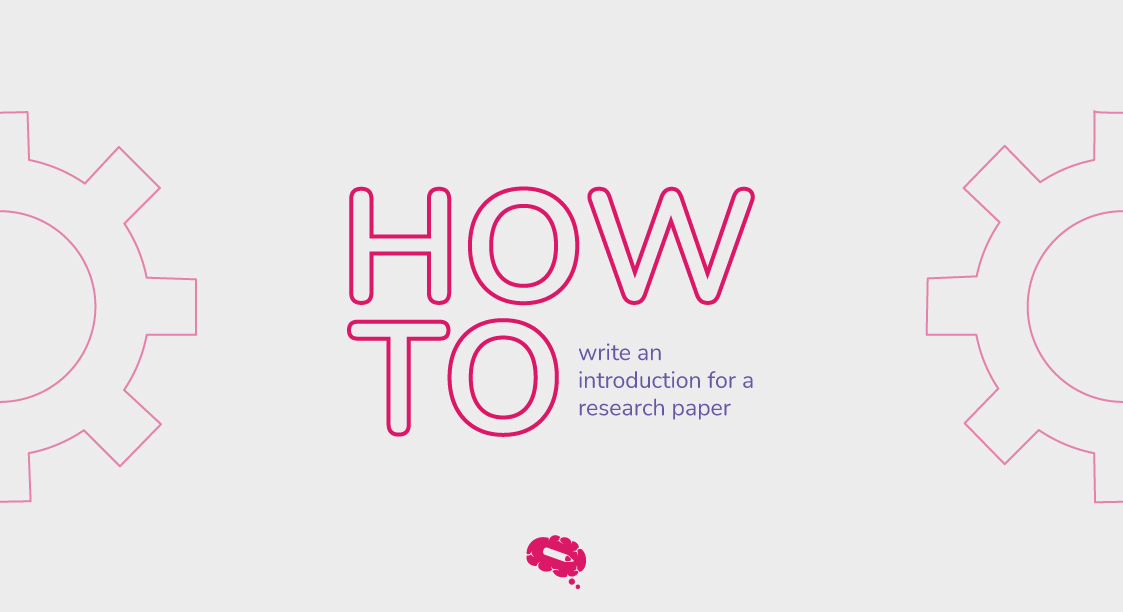Academic writing is full of various citation styles and abbreviations, and one of the most commonly used ones is “et al.” But what does it really mean, and how should you use it?
When there are three or more writers, this Latin phrase, short for “et alia,” is used instead of mentioning all of them. While it may appear simple, correctly using “et al.” can be difficult, and many writers struggle to understand when and how to use it.
This article will go over everything you need to know about utilizing “et al.” in your research paper, from what it is to how to cite it.
What Is Et Al.?
“Et al.” is a common acronym in academic writing to denote the presence of other writers who are not expressly mentioned. It comes from the Latin phrase “et alia” (which means “and others” in English). The use of Latin terms in academic writing extends back to the medieval period when Latin was the main scholarly language in Europe.
When a source contains three or more authors, it might be difficult to list all of them in a citation, especially when there is a large list of authors. In these specific situations, “et al.” might be used to indicate the presence of other authors who are not identified.
It’s worth noting that the use of “et al.” differs based on the citation style. In certain styles, such as APA and Chicago, “et al.” is used for sources with three or more authors, however, in MLA style, “et al.” is only used for sources with four or more writers in others.
How To Use Et Al.?
Here are some guidelines for effectively using “et al.” in academic writing:
- Use “et al.” when a source has a large list of authors: When there are several authors of a source, the term “et al.” is used to shorten the citation, and it is commonly used when there are three or more writers; nevertheless, verify your citation style guidelines.
- After the first author’s name, add “et al.” Most citation styles, including APA and MLA, include “et al.” after the first author’s name in the citation.
- The period should come after “al.”. For instance, “Smith et al.” is correct, however, “Smith et. al” is wrong.
- In academic writing, “et al.” is italicized but not capitalized.
- Understand the citation style guidelines: The use of “et al.” varies depending on the citation style. Make sure to follow the citation style guidelines specified for your academic writing.
In general, “et al.” is a useful abbreviation that simplifies citations in research papers, and mastering its correct usage is crucial for producing clear and precise academic writing.
Et Alibi, Et Alii, And Others
One important piece of information concerning et al. is the different forms it may take. Here’s some more information on all the different forms of “et al.” and their meanings:
Et Alia
Et alia is the most fundamental and widespread form of “et al.” in academic writing, meaning “and others.” When the number of authors of a source exceeds the maximum allowed by a citation style, this phrase is commonly used in citations to denote multiple authors.
Et Alibi
Another Latin term for “and elsewhere.” It is used to highlight that further information about a topic is available from another source or location. For example, if you’re referencing a source and there’s more material on the same issue in another source, you might say “et alibi” to indicate that other sources are available.
Et Aliae
In Latin, this is the feminine plural form of “et al.” It is used to show that a source has numerous female authors. For instance, if a source includes numerous female authors and you wish to highlight this in your citation, you may use “et aliae” rather than “et al.”
Et Alii
In Latin, this is the male plural form of “et al.” It is used to show that a source has numerous male authors. For instance, if a source includes numerous male authors and you wish to highlight this in your citation, you may use “et alii” rather than “et al.”
Difference Between Et Al. And Etc.
Et al. and etc. are two separate abbreviations used in academic writing.
Et al. is an abbreviation of the Latin term “et alia,” which translates as “and others.”, as previously stated. It is used in citations to show many authors of a source and is usually used amid a citation, after the first author’s name. Simply put, you may use “et al.” to indicate that there are other authors aside from the name mentioned.
Etc. is an abbreviation of the Latin term “et cetera,” which means “and so forth” or “and other things.” It is used to show that a list of things extends beyond those specifically mentioned. For instance, if you’re presenting several examples of a specific topic, you may use “etc.” to show that there are more examples. The expression “Etc.” is commonly used at the conclusion of a list and is preceded by a comma. It is frequently followed by a period and, depending on the citation style, italicized.
In summary, “et al.” indicates numerous authors of a source in a citation, whereas “etc.” indicates a continuation of a list of items.
Common Mistakes
- Using “et al.” to indicate a list continuation: As previously stated, “et al.” should be used to denote multiple authors of a source and should not be used to suggest a list continuation.
- Using “etc.” to denote many authors: “Etc.” should never be used to denote multiple authors of a source. This is the responsibility of “et al.” and using “etc.” instead is considered wrong and deceptive.
- Capitalizing “et al.” and “etc.”: Both “et al.” and “etc.” are abbreviations and should be written in lowercase characters, unless at the beginning of a phrase.
- Using “and others” instead of “et al.”: It is more suitable in academic writing to use “et al.” instead of “and others” to denote multiple authors of a source. Using “and others” can be informal and may violate the citation style.
- Using “et cetera” instead of “etc.”: The acceptable abbreviation for “et cetera” is “etc.” and should be used instead. Using the entire sentence may be considered needless, and it may also take up precious space in a citation or text.
How To Cite Et Al.
Here’s how to properly quote “et al.” in several citation styles:
MLA Format
In MLA style, “et al.” is used after the first author’s name on the paper’s reference page. For example, if a source has three or more authors, you would list the first author’s name followed by “et al.”, example:
Smith, John, et al. “The Effects of Climate Change on Biodiversity.” Environmental Science Journal, vol. 27, no. 2, 2020, pp. 25-34.
For in-text citations, you would include the first author’s name followed by “et al.” and at the end, the page number should be enclosed in parentheses, for example:
(Smith et al. 36).
APA Format
In the references page, put “et al.” after the first author’s name. If a source includes three or more authors, you would list the first author’s name followed by “et al.”, example:
Smith, J., Johnson, A., Williams, K., & Brown, M. (2019). “The Impact of Social Media on Adolescent Mental Health.” Journal of Adolescent Health, 65(3), 42-51.
In-text citations would include the first author’s name in parenthesis, followed by “et al.” and the year of publication, for example:
(Smith et al., 2019).
Chicago Format
On the reference page, “et al.” is used after the first author’s name in Chicago style. If a source includes four or more authors, you would list the first author’s name followed by “et al.”, for example:
Jones, S., et al. “The History of the American Civil War.” Civil War History, vol. 55, no. 2, 2009, pp. 34-47.
In-text citations would include the first author’s name in parenthesis, followed by “et al.” and the page number:
(Smith et al. 36).
The Best Infographic Maker And Overall Full-Stack Design Tool
Mind the Graph is an easy-to-use platform that enables individuals who have no prior design skills to effortlessly generate professional-quality infographics and other visuals. Aside from infographics and posters, the platform provides a variety of design tools for creating scientific presentations, animations, and interactive content, as well as customizable scientific icons for creating eye-catching visual materials.

Subscribe to our newsletter
Exclusive high quality content about effective visual
communication in science.





